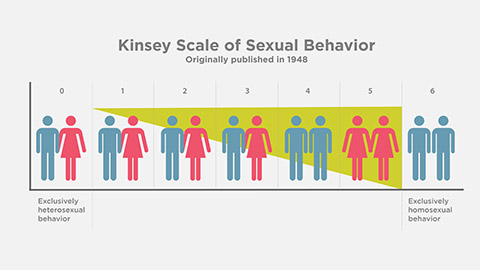
While the test can be run in older, slower systems, candidates run risks of technical problems in such circumstances. To have the most reliable experience, you need a mid-range computer ($700-$800), a stable internet connection (>30 Mbps), and a Full-HD screen (1920×1080). If you still aren't sure then maybe someone here can help you.The McKinsey Problem Solving Game (PSG) or Digital Assessment is one of the most hardware-intensive recruitment tests. So ask yourself where you would be on the Kinsey Scale. Plus, once you do you can start referring to them as a "Kinsey 5" or whatever.

But it's kinda fun to do the survey with some friends just to see what results you get. The results should be viewed as anecdotal at best. If you are really trying to figure out just how gay you are.if at all.then one of these online survey will not help you.

Recent pop culture is beginning to classify how "gay" someone is by referring to them as a "Kinsey 3", etc.

Most people view this as kind of silly and do the survey more for fun than anything. There are different places online you can go to take a survey that will attempt to determine where you fall in this scale. Years later a "7" was added so it is commonly viewed as such: 639, 656)"ġ predominantly heterosexual, incidentally homosexualĢ predominantly heterosexual, but more than incidentally homosexualĤ predominantly homosexual, but more than incidentally heterosexualĥ predominantly homosexual, incidentally heterosexual A seven-point scale comes nearer to showing the many gradations that actually exist." (Kinsey, et al. An individual may be assigned a position on this scale, for each period in his life. While emphasizing the continuity of the gradations between exclusively heterosexual and exclusively homosexual histories, it has seemed desirable to develop some sort of classification which could be based on the relative amounts of heterosexual and homosexual experience or response in each history. The living world is a continuum in each and every one of its aspects. It is a fundamental of taxonomy that nature rarely deals with discrete categories. The world is not to be divided into sheep and goats. Males do not represent two discrete populations, heterosexual and homosexual. It was first published in Sexual Behavior in the Human Male (1948) by Alfred Kinsey, Wardell Pomeroy and others, and was also prominent in the complementary work Sexual Behavior in the Human Female (1953).

"The Kinsey scale attempts to measure sexual orientation, from 0 (exclusively heterosexual) to 6 (exclusively homosexual). Everyone asks me what the Kinsey (Kinzie) Scale is.


 0 kommentar(er)
0 kommentar(er)
